Table of content
Stir-fried rice cakes, known by various names such as tteokbokki in Korean cuisine, chao nian gao in Chinese cooking, or dukbokki in Japanese-inspired dishes, are a beloved dish across Asia. This versatile recipe combines chewy rice cakes with a medley of vegetables, proteins, and aromatic sauces, creating a harmonious blend of textures and flavors. Whether you’re a novice cook or a seasoned home chef, mastering this dish opens the door to a world of culinary creativity. In this comprehensive guide, we’ll explore the history of stir-fried rice cakes, break down the essential ingredients and techniques, and offer tips to customize this dish to your taste.
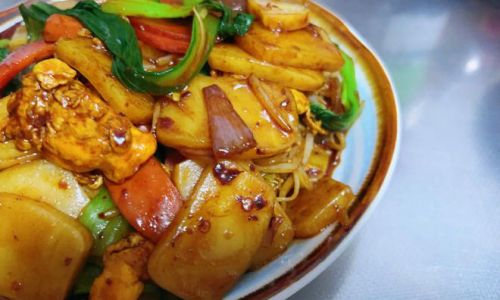
A Brief History of Stir-Fried Rice Cakes
Rice cakes, or nian gao, have been a staple in Asian diets for centuries. Made from pounded glutinous rice, these cylindrical or flat cakes were traditionally prepared during festivals and celebrations, symbolizing prosperity and unity. Over time, they evolved from ceremonial foods to everyday ingredients, appearing in stir-fries, soups, and desserts. Stir-frying rice cakes gained popularity due to its simplicity and adaptability—a quick way to transform leftovers or pantry staples into a satisfying meal. Today, this dish is enjoyed globally, with each region adding its unique twist.
Ingredients: Building Blocks of Flavor
To create a memorable stir-fried rice cake dish, gather the following ingredients:
-
Rice Cakes (300g):

Fresh, frozen, or dried rice cakes work. Fresh rice cakes (often found in Asian markets) require no soaking. Frozen ones should be thawed and briefly soaked in warm water. Dried rice cakes need overnight soaking or boiling until pliable.
-
Protein (150–200g, optional):
Choose from thinly sliced beef, pork, chicken, tofu, or shrimp. Marinate proteins in soy sauce, rice wine, and cornstarch for tenderness.

-
Vegetables (4 cups, varied):
- Cabbage: Shredded (2 cups).
- Carrots: Julienned (1 medium).
- Onions: Sliced (1 small).
- Bell Peppers: Thinly sliced (1 medium, any color).
- Mushrooms: Sliced (1 cup, shiitake or button).
- Garlic & Ginger: Minced (2 garlic cloves, 1 tsp ginger).
-
Sauces & Seasonings:
- Soy Sauce (2 tbsp): For umami depth.
- Gochujang (1–2 tbsp): Korean chili paste (adjust for spice).
- Oyster Sauce (1 tbsp): Adds sweetness and gloss.
- Sesame Oil (1 tsp): For nutty aroma.
- Sugar (1 tsp): Balances flavors.
- Black Pepper (to taste).
-
Optional Add-Ins:
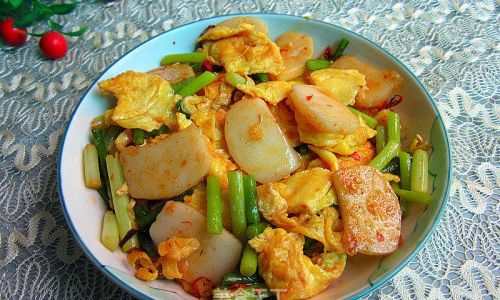
- Eggs (2): Scrambled and mixed in at the end.
- Green Onions: Chopped, for garnish.
- Sesame Seeds: Toasted, for crunch.
Equipment: Tools for Success
- Large Skillet or Wok: Essential for high-heat stir-frying.
- Sharp Knife & Cutting Board: For precise vegetable prep.
- Wooden Spatula: Gentle on nonstick pans.
- Bowl: For soaking dried rice cakes.
Step-by-Step Instructions
Prepare the Rice Cakes
- Fresh Rice Cakes: Rinse under cold water to remove excess starch. Pat dry.
- Frozen Rice Cakes: Thaw in the refrigerator overnight. Soak in warm water for 10–15 minutes until pliable. Drain well.
- Dried Rice Cakes: Soak in room-temperature water for 4–6 hours or until soft. Boil for 5 minutes if needed.
Prep the Vegetables & Protein
- Slice vegetables into uniform pieces for even cooking.
- Marinate protein (if using) in a mix of soy sauce, rice wine, and cornstarch for 15 minutes.
Sauté Aromatics
- Heat 2 tbsp vegetable oil in a wok over medium-high heat. Add minced garlic and ginger. Stir-fry for 30 seconds until fragrant.
Cook the Protein
- Add marinated protein to the wok. Stir-fry until browned (2–3 minutes). Remove and set aside.
Stir-Fry Vegetables
- Start with hardier vegetables: carrots and onions. Stir-fry for 2 minutes.
- Add cabbage, bell peppers, and mushrooms. Toss for 3–4 minutes until tender-crisp.
Add Sauces & Seasonings
- Push vegetables to one side of the wok. In the cleared space, add soy sauce, gochujang, oyster sauce, sugar, and a splash of water. Stir to combine, then mix with vegetables.
Incorporate Rice Cakes
- Add rice cakes to the wok. Toss gently to coat in sauce. Add 2–3 tbsp water if the pan seems dry. Cook for 5–7 minutes until rice cakes soften but retain their chewiness.
Reintroduce Protein & Finish
- Return cooked protein to the wok. Toss everything together. Drizzle with sesame oil and sprinkle black pepper. Taste and adjust seasoning.
Garnish & Serve
- Transfer to a serving dish. Garnish with sesame seeds, green onions, and a drizzle of chili oil (if desired). Serve hot with steamed rice or noodles.
Tips for Perfect Stir-Fried Rice Cakes
- Avoid Overcrowding the Pan: Cook in batches if needed to prevent steaming instead of stir-frying.
- Adjust Spice Levels: Use less gochujang for mild heat or add fresh chili peppers for extra kick.
- Customize Vegetables: Swap in spinach, zucchini, or bean sprouts based on seasonality.
- Texture Matters: Overcooked rice cakes become gummy. Test for doneness by pinching—they should be soft but not mushy.
Variations to Explore
- Cheese Tteokbokki: Add mozzarella or processed cheese during the final minutes for a gooey finish.
- Seafood Delight: Substitute protein with shrimp, squid, or clams.
- Vegetarian Deluxe: Use extra-firm tofu and a variety of mushrooms.
- Sweet & Savory Twist: Include a splash of rice vinegar and honey for a teriyaki-inspired glaze.
Health Benefits of Stir-Fried Rice Cakes
- Gluten-Free Option: Rice cakes are naturally gluten-free, making them suitable for sensitive diets.
- Nutrient-Rich Vegetables: Cabbage and carrots provide fiber, vitamins, and antioxidants.
- Lean Protein: Opt for chicken or tofu to keep the dish low in saturated fat.
Troubleshooting Common Issues
- Sticky Rice Cakes: Ensure they’re thoroughly soaked and drained. Add oil generously to the pan.
- Bland Flavor: Amplify seasonings gradually. Taste and adjust before serving.
- Burnt Aromatics: Lower the heat if garlic or ginger starts to brown too quickly.
Conclusion
Stir-fried rice cakes are more than a meal—they’re a canvas for culinary expression. Whether you prefer the fiery kick of Korean tteokbokki or the mellow sweetness of Chinese chao nian gao, this dish invites experimentation. By mastering the balance of textures, flavors, and aromatics, you’ll create a plate that delights the senses and nourishes the soul. So, grab your wok, sharpen your knife, and embark on a journey through the vibrant world of Asian stir-fries. Your next kitchen adventure awaits!
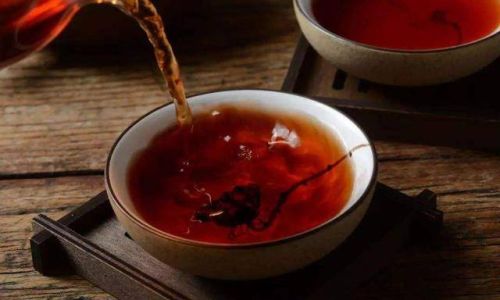
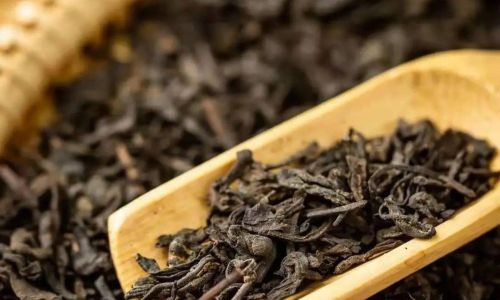
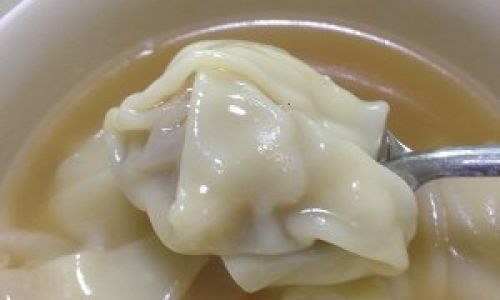


0 comments